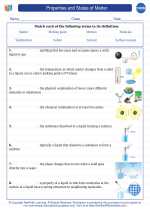Mechanical Systems
A mechanical system is a collection of interconnected components that work together to perform a specific task. These systems are commonly found in various applications, including automobiles, industrial machinery, and household appliances. Understanding the principles of mechanical systems is essential for engineers, designers, and technicians in developing and maintaining efficient and functional machines.
Key Components of Mechanical Systems
1. Input: This is the part of the system where the energy is initially applied. It could be in the form of electrical, hydraulic, pneumatic, or mechanical energy.
2. Transmission: The transmission components transfer and modify the input energy to the desired form for the output. Examples include gears, belts, pulleys, and chains.
3. Output: The output component of the system is where the transformed energy is utilized to perform the intended task, such as generating motion or applying force.
4. Control Systems: Some mechanical systems include control mechanisms to regulate the operation and performance. These may involve sensors, actuators, and feedback loops.
Principles of Mechanical Systems
1. Force and Motion: Understanding the relationship between force and motion is crucial in designing mechanical systems. This involves concepts like Newton's laws of motion and the principles of dynamics.
2. Energy Conversion: Mechanical systems often involve the conversion of energy from one form to another. This includes potential energy to kinetic energy, electrical energy to mechanical energy, and so on.
3. Mechanical Advantage: Engineers analyze mechanical systems to determine the mechanical advantage, which is the ratio of output force to input force. This helps in optimizing the performance of the system.
Study Guide
Here are some key topics to focus on when studying mechanical systems:
- Understand the basic components of mechanical systems and their functions.
- Learn about different types of transmissions and their applications in mechanical systems.
- Study the principles of force, motion, and energy conversion in the context of mechanical systems.
- Practice solving problems related to mechanical advantage and efficiency of machines.
- Explore real-world examples of mechanical systems in everyday appliances, vehicles, and industrial machinery.
By mastering these concepts and principles, you will be well-equipped to analyze, design, and troubleshoot various mechanical systems.
.◂Chemistry Worksheets and Study Guides High School. Properties and States of Matter
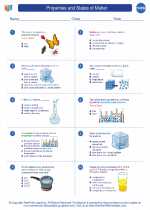
 Worksheet/Answer key
Worksheet/Answer key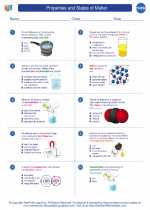
 Worksheet/Answer key
Worksheet/Answer key
 Worksheet/Answer key
Worksheet/Answer key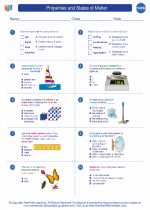
 Vocabulary/Answer key
Vocabulary/Answer key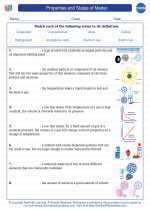
 Vocabulary/Answer key
Vocabulary/Answer key
 Vocabulary/Answer key
Vocabulary/Answer key